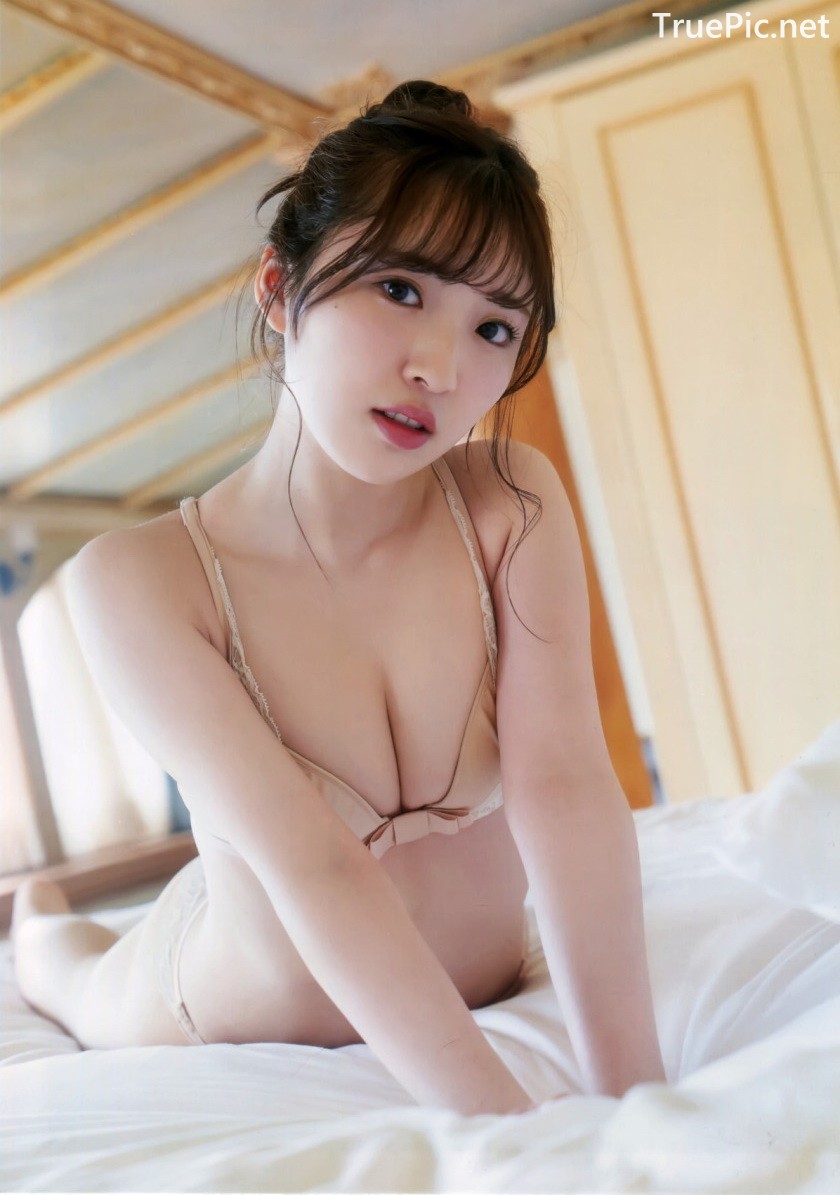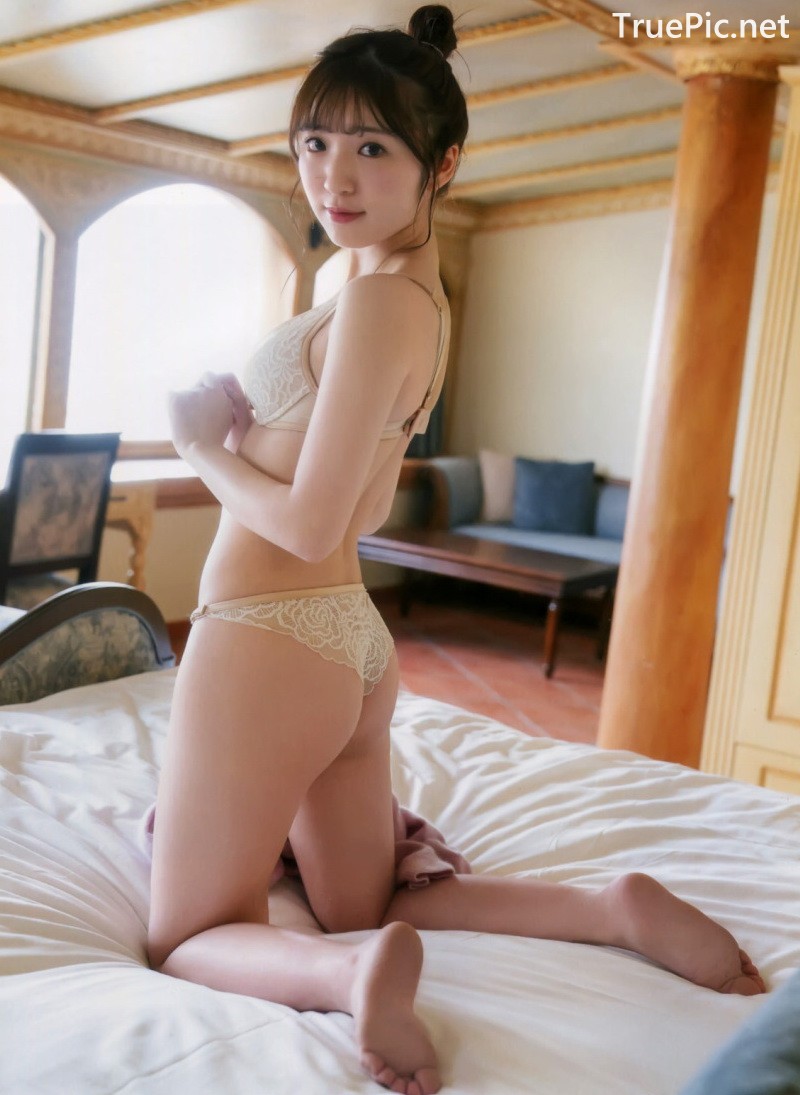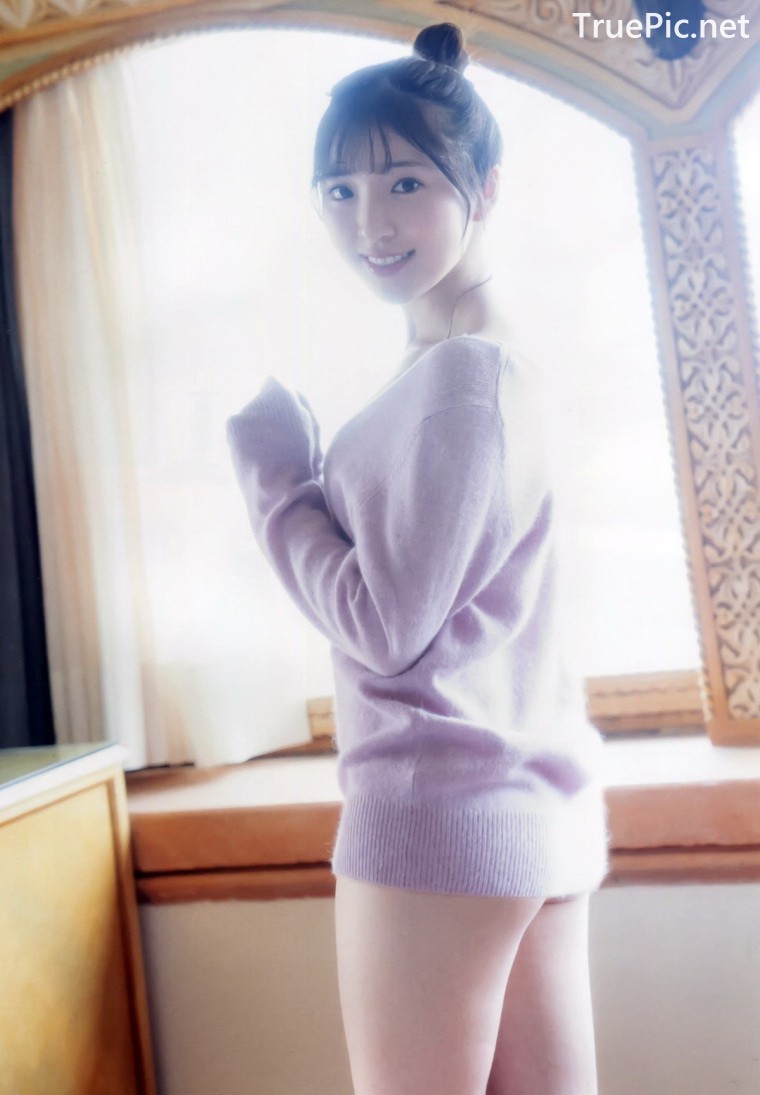The Voice of Moe has become a captivating phenomenon that resonates deeply within various realms of entertainment and culture. From animated series to video games, the enchanting sound of Moe captures the hearts of audiences worldwide. This unique vocal style is characterized by its high-pitched, charming, and often childlike quality, bringing characters to life in a way that evokes a sense of nostalgia and warmth. As fans seek to understand the intricacies of this vocal artistry, the question arises: what exactly is the "Voice of Moe," and why does it hold such a significant place in contemporary media?
In the realm of anime and gaming, the Voice of Moe is often associated with characters that embody innocence, cuteness, and endearing traits. The distinct sound is not merely a vocal choice; it represents a broader cultural phenomenon that intertwines with themes of youth, purity, and emotional connection. As we delve deeper into this topic, we will explore the origins of the Voice of Moe, its impact on various industries, and its enduring appeal among fans. What makes this vocal style so irresistible, and how has it evolved over time?
As we embark on this exploration, we will also take a closer look at some of the most iconic figures who have embraced the Voice of Moe in their performances. By understanding the personal journeys and artistic choices of these individuals, we can gain insight into the magic that the Voice of Moe brings to our favorite characters. Are you ready to uncover the secrets behind this enchanting voice?
What is the Voice of Moe?
The Voice of Moe refers to a specific vocal style often used in anime and video games to portray characters with endearing and innocent traits. This vocalization typically features a higher pitch, a playful tone, and an emphasis on cuteness, making it instantly recognizable. It is not just a sound; it embodies a cultural sentiment that resonates with audiences, evoking feelings of warmth and nostalgia.
How Did the Voice of Moe Emerge?
The origins of the Voice of Moe can be traced back to the early days of anime, where characters were designed to elicit strong emotional responses from viewers. As anime gained popularity, the demand for distinct vocal styles grew, leading to the emergence of the Voice of Moe. This phenomenon allowed voice actors to experiment with their vocal ranges and connect with audiences on a deeper level.
Who are the Iconic Voices Behind Moe Characters?
Several talented voice actors have become synonymous with the Voice of Moe, bringing beloved characters to life. Some of these iconic figures include:
- Ai Nonaka - Known for her roles in popular series such as "Lucky Star" and "K-On!"
- Yui Horie - Famous for her work in "Toradora!" and "Kimi ni Todoke."
- Rie Kugimiya - Renowned for voicing characters like Shana from "Shakugan no Shana" and Nagi from "Hayate the Combat Butler."
What Makes the Voice of Moe So Appealing?
The appeal of the Voice of Moe lies in its ability to evoke strong emotional connections. The high-pitched, melodic tones resonate with audiences, triggering feelings of happiness, nostalgia, and even protectiveness. This vocal style is often linked to themes of youth and innocence, making it particularly appealing in genres that focus on slice-of-life narratives or whimsical storytelling.
Can the Voice of Moe Influence Character Development?
Absolutely! The Voice of Moe plays a crucial role in shaping character personalities and development. By employing this vocal style, voice actors can create multidimensional characters that resonate with audiences. The combination of visual design and vocal performance enhances the overall storytelling experience, allowing viewers to connect with characters on a more profound level.
How Has the Voice of Moe Evolved Over Time?
As the anime and gaming industries continue to grow and evolve, so too does the Voice of Moe. While it remains rooted in its traditional elements, contemporary interpretations have emerged, incorporating various influences from global media. This evolution reflects changing audience preferences, allowing the Voice of Moe to remain relevant and adaptable in an ever-shifting landscape.
What Are Some Popular Characters Featuring the Voice of Moe?
- Konata Izumi from "Lucky Star"
- Yui Hirasawa from "K-On!"
- Shana from "Shakugan no Shana"
- Ami Mizuno from "Sailor Moon"
What Impact Does the Voice of Moe Have on Fan Culture?
The Voice of Moe has a significant influence on fan culture, fostering communities that celebrate the characters and stories associated with this vocal style. Fans often engage in cosplay, fan art, and fan fiction, bringing their favorite Moe characters to life in various creative forms. This vibrant culture not only enhances the experience of enjoying anime and gaming but also strengthens connections among fans.
How Can Fans Support the Voice of Moe?
Supporting the Voice of Moe can be achieved in various ways:
- Engaging with the content by watching anime and playing video games featuring Moe characters.
- Purchasing merchandise related to beloved characters, such as figurines and art books.
- Participating in fan events, conventions, and online communities to celebrate the Voice of Moe.
Conclusion: The Enduring Magic of the Voice of Moe
The Voice of Moe continues to enchant audiences across the globe, transcending cultural boundaries and creating connections among fans. Its unique ability to evoke emotion and nostalgia makes it a cherished element of modern entertainment. As we celebrate the artistry behind the Voice of Moe, it is clear that this enchanting vocal style will remain a beloved part of our favorite stories for years to come.
Discovering The Heart Of Flavor: Mi Tienda Meat Market
Understanding The Star Sign For 1st October: A Deep Dive Into Libra
Mika Lafuente: The Rising Star In Kanye West's Orbit


